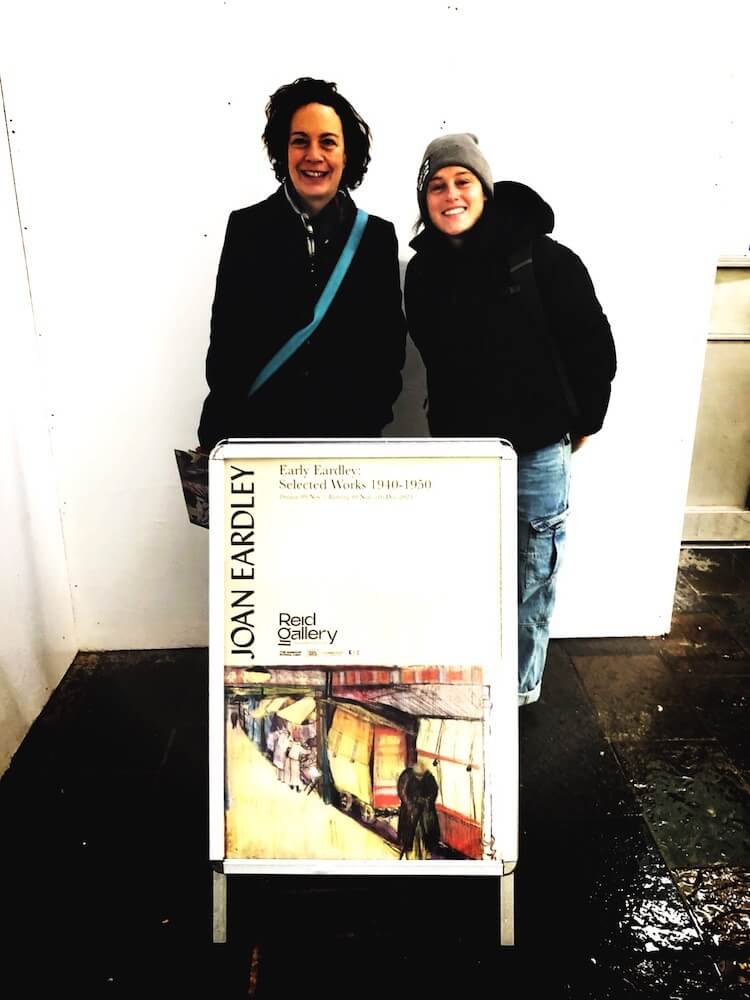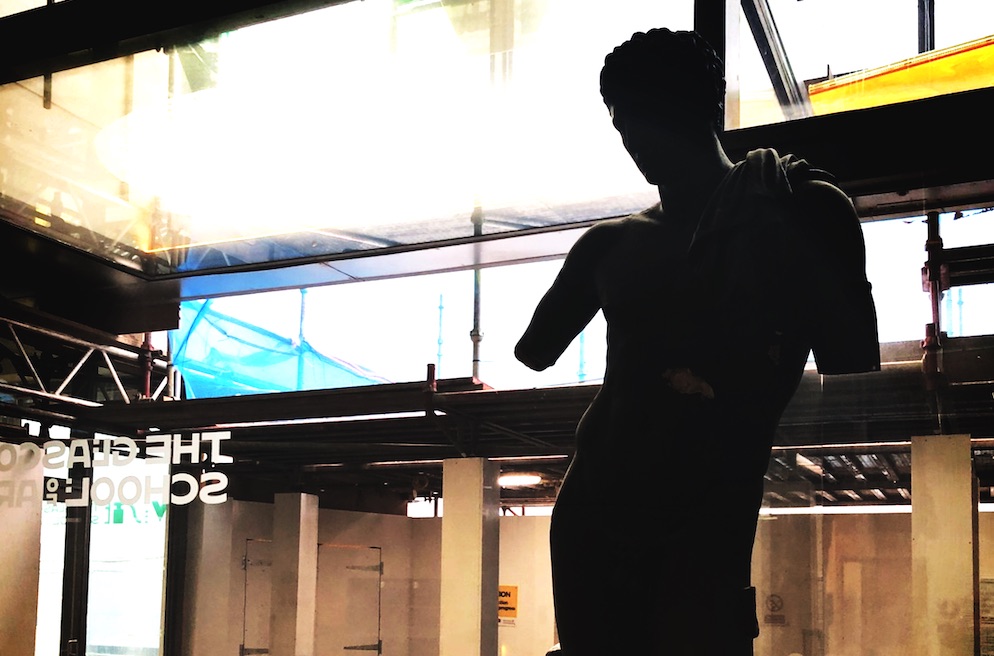When Test Fail
Art schools need to decide if and how to evaluate their students in English.
The obvious option is to have English testing integrated in any English language course offered, but at Blue Noun Language Hub, we believe it’s time to challenge that assumption.
Yes, 100% graduating art students need L2 English skills.
But testing contradicts empowering them to feel good speaking English (the most important language goal).
We advocate for the 1% method, which passes students on making just 1% progress.
The rest is optional. But so good that they’ll want to do it!
Ths blog is a thought piece on the limits of testing.
When Test Fail
I got a D for higher art.
It was a real shock. Both my sisters were straight As in science, but it was ok, I had art.
Or at least I’d thought I had.
That D pulled the rug from under my feet and I cried because I believed what was written on a bit of paper more than I believed in myself.
It turned out later that our whole class graded between D and F. Our art teacher had gone off-piste and omitted 50% of the syllabus (ALL the design stuff), but this was long before instant messaging, and during the summer holidays so it took a while to untangle.
That art teacher badly failed to get us through an academic exam, but he had:
Started a local life drawing class in the next town
in which he welcomed all high school kids preparing their portfolios (life drawing is essential in an art school portfolio, but very hard to access).
Took a car full of kids to Glasgow, Dundee & Edinburgh degree shows
So we could make an informed choice about which art school to apply to.
Invited us to local exhibition openings
Asked us about music, culture and politics
– and listened to our replies.
Gave us the key to the art materials cupboard (!!)
Learn from a Master
At one point we had a massive Joan Earldey painting (a seascape) in the classroom which he’d somehow borrowed. I remember us literally squeezing past it with our plastic palettes of drippy school paint, comparing my palette and noticing how divine the drips on the Early painting were.
The school system has changed, and I guess things like my D don’t happen anymore.
I’m pretty sure most of the brilliant stuff he made happen is now impossible too.
The problem is that tests and exams point out mistakes without identifying any transformations you’ve achieved.

You could spend your whole life believing the ‘D’ without realising that was the year you turned in an artist.
Why am I Sharing This as an English Coach?
I now work in English Language Teaching (ELT) but as an independent.
Exam preparation has a place in educational contexts, but tests and assessments are lazy ways to measure language progress in a class.
If you are not preparing for an academic exam, I don’t think you should be tested every few lessons – especially if it takes up time within your conversation class.
I often work with international art students and I don’t believe they should be tested in English at ALL (more here).
Alternatives to Traditional Language Testing
A better review would be for your English teacher to create an authentic situation where you need to USE your new language skills.
An independent teacher can do this whereas a language school ‘system’ can’t, so they test you.
The problem is that tests and exams point out mistakes without identifying any transformations you’ve achieved.
You could spend your whole life believing the ‘D’ without realising that was the year you turned in an artist.
Get the Key to the Art Cupboard
I help your English by taking you places, sharing conversations and showing you parts of Scottish culture I love.
Metaphorically, I give you the key to the art cupboard.
I help you to find English you love using.
Be Clear on Your Goals
Ask yourself what RESULTS you want from your next English training.
Is it a certificate saying as a learner you know more English?
Or do you want to actually be an English speaker?
If it’s the latter, I can help!


Recent Comments